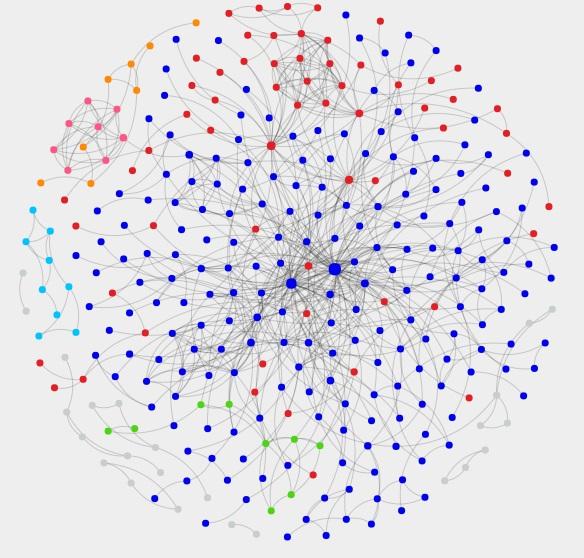Andy Levy-Ajzenkopf’s February 21, 2020 article (Technology and innovation: How the Fourth Industrial Revolution is impacting the charitable sector) for Charity Village has an ebullient approach to adoption of new and emerging technologies in the charitable sector (Note: A link has been removed),
…
Almost daily, new technologies are being developed to help innovate the way people give or the way organizations offer opportunities to advance their causes. There is no going back.
The charitable sector – along with society at large – is now fully in the midst of what is being called the Fourth Industrial Revolution, a term first brought to prominence among CEOs, thought leaders and policy makers at the 2016 World Economic Forum. And if you haven’t heard the phrase yet, get ready to hear it tons more as economies around the world embrace it.
To be clear, the Fourth Industrial Revolution is the newest disruption in the way our world works. When you hear someone talk about it, what they’re describing is the massive technological shift in our business and personal ecosystems that now rely heavily on things like artificial intelligence, quantum computing, 3D printing and the general “Internet of things.”
…
Still, now more than ever, charitable business is getting done and being advanced by sector pioneers who aren’t afraid to make use of new technologies on offer to help civil society.
…
It seems like everywhere one turns, the topic of artificial intelligence (A.I.) is increasingly becoming subject of choice.
This is no different in the charitable sector, and particularly so for a new company called Fundraise Wisely (aka Wisely). Its co-founder and CEO, Artiom Komarov, explains a bit about what exactly his tech is doing for the sector.
“We help accelerate fundraising, with A.I. At a product level, we connect to your CRM (content relationship management system) and predict the next gift and next gift date for every donor. We then use that information to help you populate and prioritize donor portfolios,” Komarov states.
He notes that his company is seeing increased demand for innovative technologies from charities over the last while.
“What we’re hearing is that… A.I. tech is compelling because at the end of the day it’s meant to move the bottom line, helping nonprofits grow their revenue. We’ve also found that internally [at a charitable organization] there’s always a champion that sees the potential impact of technology; and that’s a great place to start with change,” Komarov says. “If it’s done right, tech can be an enabler of better work for organizations. From both research and experience, we know that tech adoption usually fails because of culture rather than the underlying technology. We’re here to work with the client closely to help that transition.”
…
I would like to have seen some numbers. For example, Komarov says that AI is having a positive impact on a charity’s bottom line. So, how much money did one of these charities raise? Was it more money than they would have made without AI? Assuming they did manage to raise greater funds, could another technology been more cost effective?
For another perspective (equally positive) on technology and charity, there’s a November 29, 2012 posting (Why technology and innovation are key to increasing charity donations) on the Guardian blogs by Henna Butt and Renita Shah (Note: Links have been removed),
At the beginning of this year the [UK] Cabinet Office and Nesta [formerly National Endowment for Science, Technology and the Arts {NESTA}] announced a £10m fund to invest in innovation in giving. The first tranche of this money has already been invested in promising initiatives such as Timto which allows you to create a gift list that includes a charity donation and Pennies, whose electronic money box allows customers to donate when paying for something in a shop using a credit card. Small and sizeable organisations alike are now using web and mobile technologies to make giving more convenient, more social and more compelling.
…
Butt’s and Shah’s focus was on mobile technologies and social networks. Like Levy-Ajzenkopf’s article, there’s no discussion of any possible downside to these technologies, e.g., privacy issues. As well, the inevitability of this move toward more technology for charity is explicitly stated by Levy-Ajzenkopf “There is no going back” and noted less starkly by Butt and Shah “… innovation is becoming increasingly important for the success of charities.” To rephrase my concern, are we utilizing technology in our work or are we serving the needs of our technology?
Finally, for anyone who’s curious about the Fourth Industrial Revolution, I have a December 3, 2015 posting about it.
